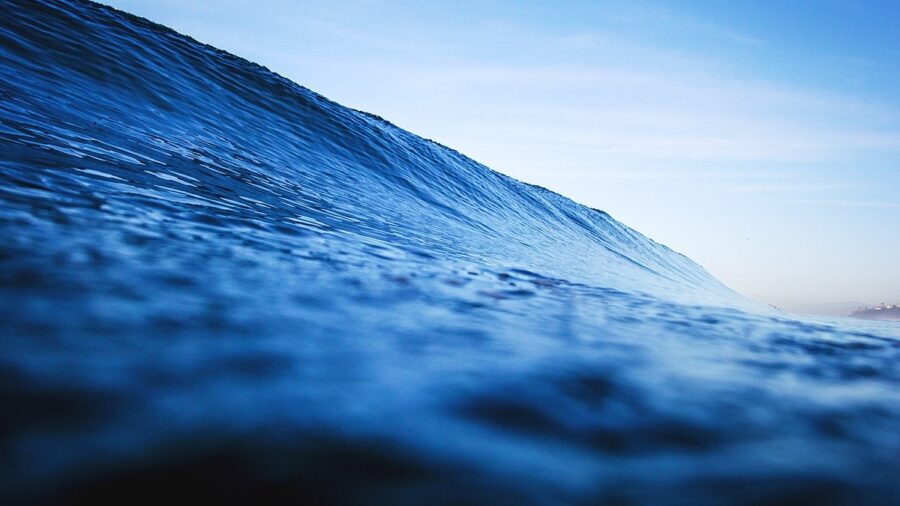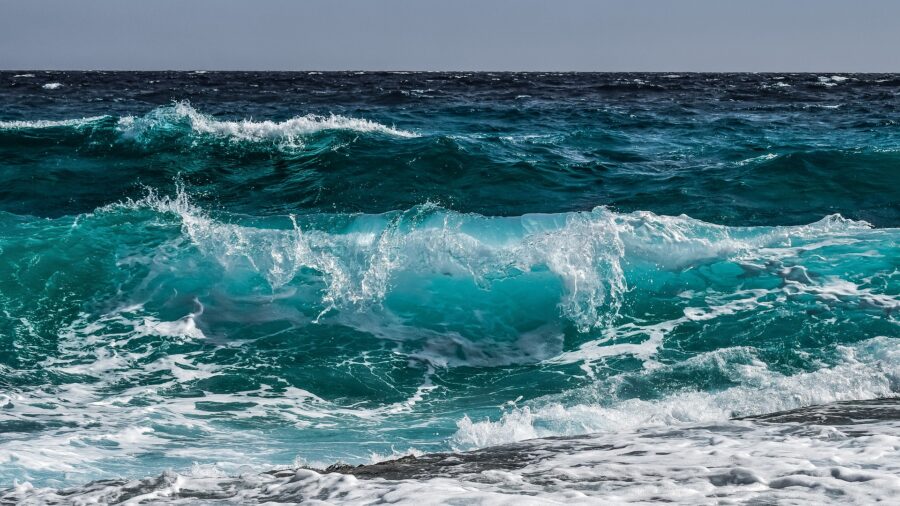Ocean Energy Is The Final Frontier For Renewable Power
The ocean tides can be used as a form of renewable energy.

In the fight against climate change, the search for renewable energy sources has reached a fever pitch. According to a report by CNET, ocean energy may be the most promising sustainable energy solution humanity has. Scientists are expanding efforts to capture energy generated by waves, tides, offshore winds, and more.
Ocean energy has not garnered mainstream attention the way wind and solar power have, but an increased sense of urgency has reignited interest in its potential. In March, the White House released its Ocean Climate Action Plan, a document detailing the state of methods for capturing ocean energy.
The most developed technology is the offshore wind turbine. Offshore wind is more consistent than wind on land, so turbines at sea, anchored or floating, can generate significant amounts of electricity. An increase in the number of turbines deployed at sea, especially tall ones that take advantage of high-altitude winds, could markedly reduce fossil fuel dependence.
A sense of urgency has put more focus on less developed methods of capturing ocean energy. One of those methods involves leveraging energy generated by waves. An offshore project in Oregon called PacWave, set to be fully operational in 2025, shows promise on that front.
PacWave involves tech at sea that converts wave energy into electricity and channels it through miles of conduit to the mainland. It is estimated that the project, when complete, will generate enough electricity to power a few thousand homes.
At scale, this ocean power project could be revolutionary. One report estimated that wave energy has the potential to generate the equivalent of more than half of the electricity generated in the United States each year.
The drawback to wave power is that waves are inconsistent, making it difficult to tune devices to take full advantage of the shifting waves. This is a relatively young field of energy research that is gaining momentum with several approaches in development.

Another method is ocean thermal energy conversion or OTEC. This process pumps cold water from the ocean depths up to the warmer surface. The energy generated by the heat exchange spins a turbine that creates electricity.
OTEC started in the 1970s, but it never gained traction. The technology is being reinvestigated as an energy solution for tropical areas. An OTEC plant has been running in Hawaii for years, and the United States and other nations are starting to take notice.
The most developed method of capturing ocean energy from the water is planting turbines to take advantage of the tide. This is a predictable, powerful solution, but one that is geographically limited; the tide is only strong enough in specific locations. Still, when it works, tidal energy is reliable.
Harnessing ocean energy may be the future, but there is a tough road ahead. The ocean is a difficult environment to build in, making implementation costly, time-consuming, and dangerous. There is also much research left to be done about the environmental impacts of supporting these projects at scale.
The impacts on local wildlife and the natural rhythms of the ocean that harnessing ocean energy could have are well worth considering. As research continues, momentum is swinging in favor of scientists looking to the seas for sustainable energy solutions. They will ride that wave as far as possible, hopefully reaching renewable energy for the world.












